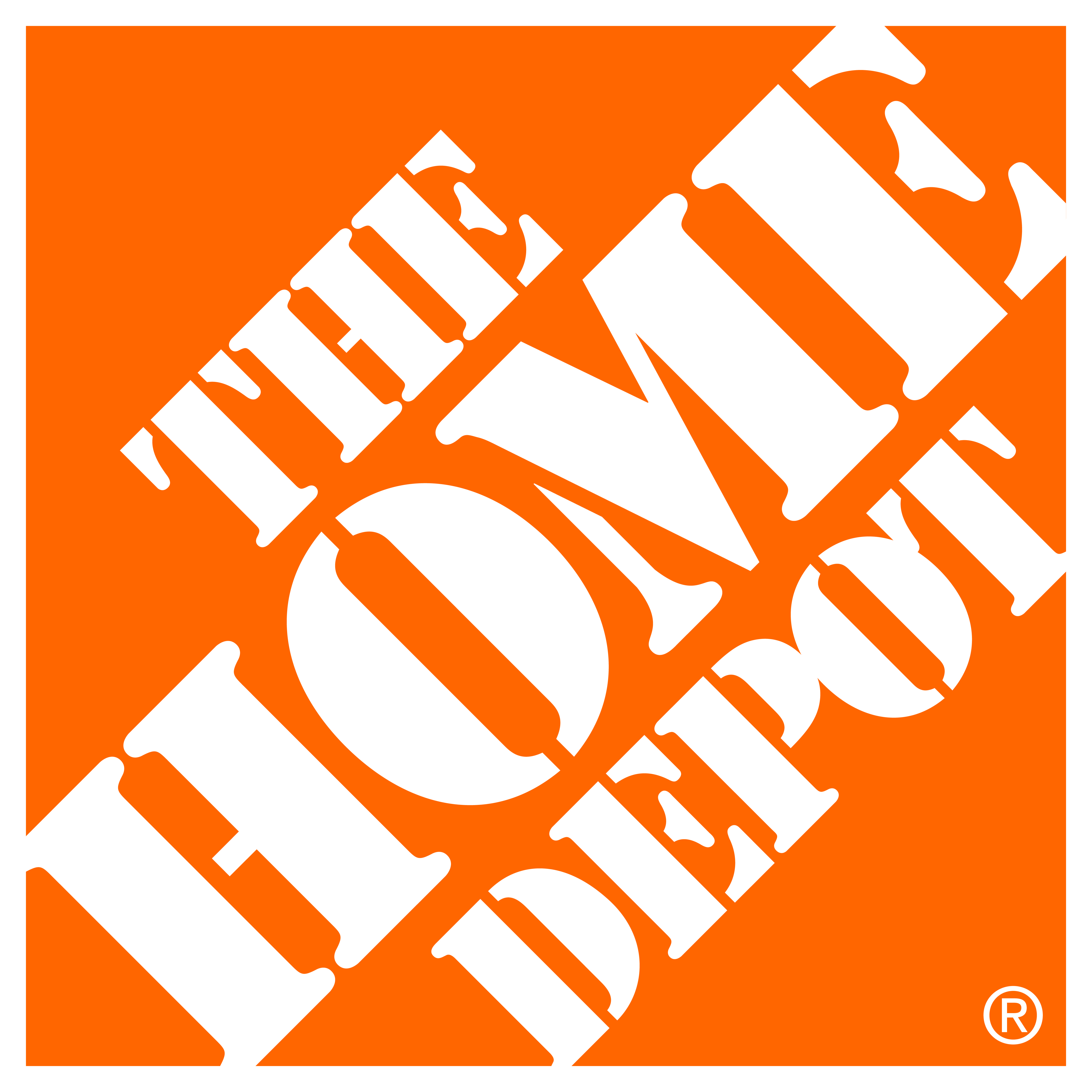A comprehensive guide to 3D and augmented reality (AR) for furniture manufacturers and retailers. Learn how immersive technology is already reshaping how furniture is discovered, configured, and purchased – with examples and practical guidance tailored to brands, retailers, and manufacturers.
Book a free consultation with Enhance XR's experts to discuss how 3D and AR can help your business.
Competitive advantage in furniture ecommerce
Furniture ecommerce has entered a new phase — one where product discovery, confidence, and convenience drive conversions as much as price or delivery. For retailers and manufacturers, 3D and AR are no longer emerging technologies; they are rapidly becoming baseline expectations. According to IPSOS research, 77% of consumers want to use 3D and AR to interact with products before buying.
By enabling shoppers to explore products in granular detail, customize them in real time, and visualize them in their own homes, these tools reduce friction, build trust, and shorten the decision-making process. In a category where size, material, and fit are make-or-break concerns, immersive tech addresses core pain points head-on.
What is AR and how does it apply to furniture retail?
Augmented reality blends the real and virtual worlds by overlaying digital content onto the user’s physical environment. In ecommerce, it enables shoppers to interact with products in their own space via mobile devices. For furniture retailers, this means letting users project life-size 3D models of sofas, tables, or chairs into their living rooms, gaining confidence in size, style, and fit before buying.
With most smartphones now AR-capable by default, adoption is widespread. According to a study by Deloitte, AR usage rates are tracking smartphone penetration, meaning that the vast majority of global consumers have access to the technology – with 76% saying they see it as a practical tool they want to use in their everyday lives.
Why furniture retailers are adopting AR now
More than 75% of people shop online at least once a month and, according to Google, over 60% of shopping journeys begin online. In furniture, this creates a significant challenge: how can customers evaluate size, material, and style without a showroom visit?
3D and AR give online furniture shoppers new levels of confidence and control, helping them visualize purchases in context, reduce uncertainty, and minimize costly returns.
5 practical ways furniture brands use 3D and AR
The most common use cases for 3D and AR in furniture retail include:
How effective are 3D and AR in furniture ecommerce?
Beyond use cases and operational efficiencies, the key question remains: what impact do 3D and AR have on furniture sales? The short answer is that these immersive technologies are shown to boost sales, increase conversion rates, and lower return rates, while offering benefits across a host of other key metrics.
Data-backed results: 3D and AR’s measurable impact on furniture sales
Read more: How 3D and AR drove 22x ROI for the UK’s largest sofa retailer
AR for furniture branding and storytelling
3D and AR go beyond performance metrics – they’re tools for creating immersive, differentiated brand experiences that shape how customers engage with and perceive furniture collections.
Read more: How Coco Wolf is shaping luxury outdoor living with sustainability, design, and tech
By enabling customers to explore 3D and AR visualizations that convey the quality, craftsmanship, and design intent behind each piece, furniture companies build powerful brand equity. This reflects the fact that today’s customer journey is as much about the experience as the product. For furniture brands, this means marketing collections with immersive storytelling, creating virtual showrooms as premium shopping environments, and personalizing the pre-purchase journey.
Maximizing the potential of AR in furniture ecommerce
A key aspect of successfully integrating immersive experiences is ensuring you take the right steps to maximize the potential of the technology and ensure an optimal customer experience.
For example, a 3D and AR experience that is slow, clunky, or glitchy – or fails to launch at all – will frustrate users and provide a poor representation of the product, making buyers less likely to purchase.
To avoid this, furniture brands should prioritize selecting the right technology partner – one that:
- Delivers a smooth implementation when deploying immersive experiences.
- Uses web-based AR that works instantly via smartphone.
- Has the right software ecosystem to deliver experiences at scale.
- Ensures compatibility across different devices.
- Provides an optimal viewing experience on all platforms.
How to address integration: What furniture brands need to know
The impact of 3D and AR in furniture ecommerce opens up exciting possibilities for enhancing the customer experience and boosting sales. And deploying the tech is far simpler than many brands assume. Today’s web-based solutions are designed to integrate easily into existing ecommerce platforms — without website redesigns, technical expertise, or development costs. Here are the key need-to-knows:
Practical integration steps for furniture brands
The benefits 3D and AR tools bring to furniture sellers are now well established. From global players like IKEA and Wayfair to small and medium sized firms, the technology is reshaping how furniture is discovered, explored, and purchased. But recent data from World Furniture Online found that only 20% of brands in the sector have a well-advanced digital transformation roadmap in place, highlighting the huge scope for competitive advantage. Here’s a practical guide to how to get started:
1. Define your objectives
Identify specific goals for implementing 3D and AR. Immersive technologies can improve conversion rates, reduce returns, and enhance engagement, but a clear understanding of business priorities and desired outcomes will help to optimize the integration and align 3D and AR strategy to wider business goals.
2. Choose the right 3D and AR solution
A range of 3D and AR solutions exist, from custom apps web-based integrations. They come with varying options for budget and technical requirements. By identifying, up front, the type of deployment that best meets their needs, resources, and objectives, furniture brands ensure the best value for their investment.
3. Create high-quality content
For the best user experience, 3D and AR experiences need to be dynamic and seamless. Technology partners can ensure the creation of high-quality 3D models optimized for AR content, whether working with in-house teams or creating them directly. This includes the model’s realism, depiction of light and shadow, and scale.
All 3D and AR content should undergo rigorous testing to ensure glitches are identified ahead of the implementation being rolled out to customers.
4. Ensure user-friendly integration
To maximize impact, 3D and AR implementations need to be seamlessly integrated into the buyer’s journey. An intuitive user interface is paramount, as is ensuring clear and simple instructions are provided wherever necessary – ideally integrated into the 3D and AR viewer, guiding users through the process.
3D and AR experiences also need to work seamlessly across devices, to ensure the customer journey flows without disruption across multiple touchpoints.
5. Consider privacy requirements
Privacy and data protection are priorities for regulators and users alike. Expert technology partners can ensure that any immersive deployment is compliant with the relevant requirements for data collection, usage, and consent, driving user confidence and ensuring regulatory standards are met from the outset.
6. Promote 3D and AR features
To get the most out of the tech, brands should highlight features to customers and promote the experiences offered. For reluctant shoppers, entice trial by demonstrating functionality and highlighting benefits. Existing marketing channels – social media, email, brand websites – can be harnessed to educate and inspire.
7. Test, iterate and refine
It’s crucial to monitor the performance of 3D and AR experiences on an ongoing basis. Granular user data enables brands to understand consumer behavior and product interactions in greater depth than ever before, allowing them to dial in on what works best and what may need refinement. Equally, by gathering continual user feedback, the experience can be fine-tuned to ensure the most effective results.
Frequently asked questions
Visit our full 3D and AR ecommerce FAQ library
How 3D and AR are reshaping furniture sales
3D and AR experiences are a transformative technology for furniture retailers and manufacturers, offering a proven and effective way to boost sales, enhance customer experiences, reduce returns, and elevate brand identity.
Consumers are leading the demand for 3D and AR experiences, increasingly expecting them to be offered as standard. Furniture brands still viewing them as optional extras risk falling behind, as immersive tools become ever more widespread and integral to the online buying experience.
Fortunately, the barriers to entry today are almost non-existent – and there is still scope to maximize gains for competitive advantage. Web-based deployments, expert technical partners, and affordable solutions mean getting started has never been easier. Brands that integrate 3D and AR as a seamless and central part of the buyer journey now are best positioned to reduce friction, build trust, and reap the rewards of immersive commerce.
Ready to boost your furniture sales with immersive product experiences? Talk to an expert

















